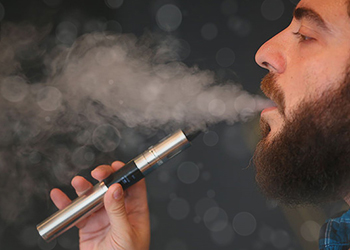
Richard O’Connor, PhD
A wide variety of non-cigarette forms of tobacco and nicotine exists and their use varies regionally and globally. Smoked forms of tobacco such as cigars, bidis, kreteks, and waterpipes have high popularity and are often perceived erroneously as less hazardous than cigarettes, when in fact their health burden is similar. Smokeless tobacco products vary widely around the world in both form and health hazards, with some clearly toxic forms (e.g. South Asia), and some forms with far fewer hazards (e.g., Sweden). There are also emerging nicotine delivery systems not directly reliant on tobacco (e.g. electronic nicotine delivery systems [ENDS]). The presence of such products presents both challenges and opportunities for public health. Future regulatory actions such as expansion of smokefree environments, product health warnings, and taxation may serve to increase or decrease the use of non-cigarette forms of tobacco. These regulations may also bring about changes in non-cigarette tobacco products themselves that could impact public health by affecting attractiveness and/or toxicity.


